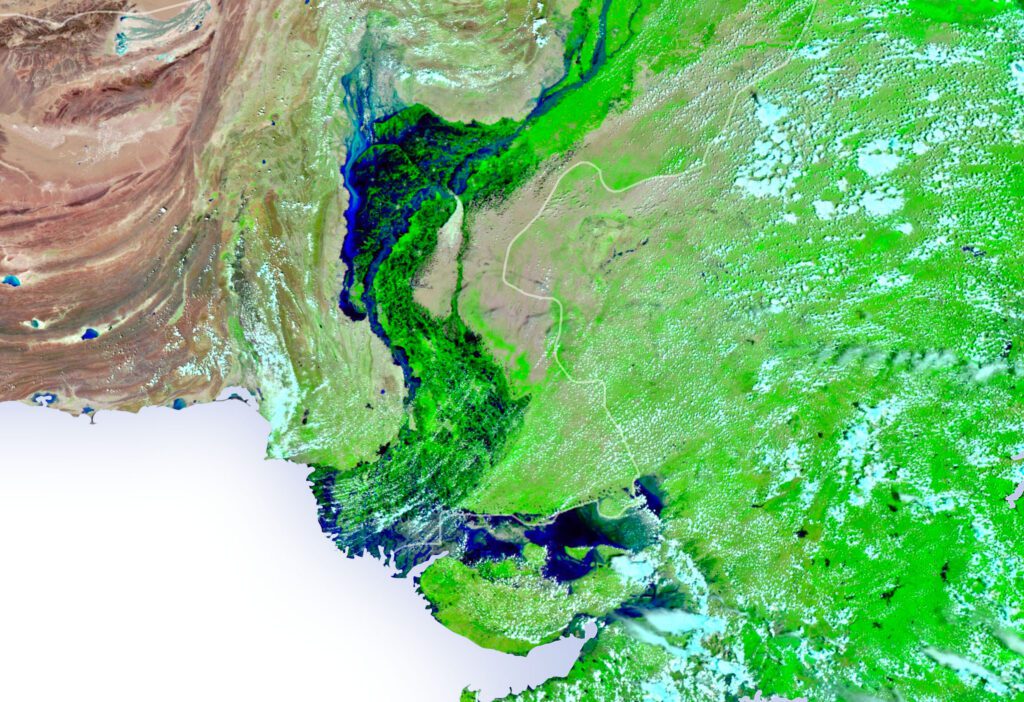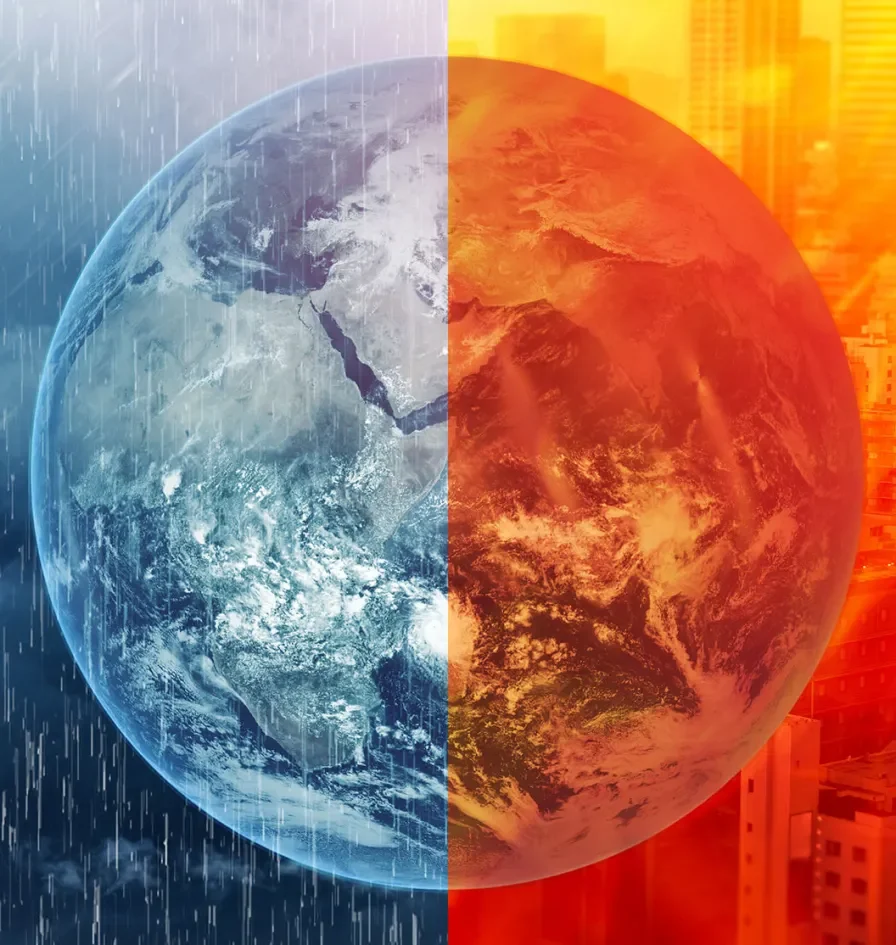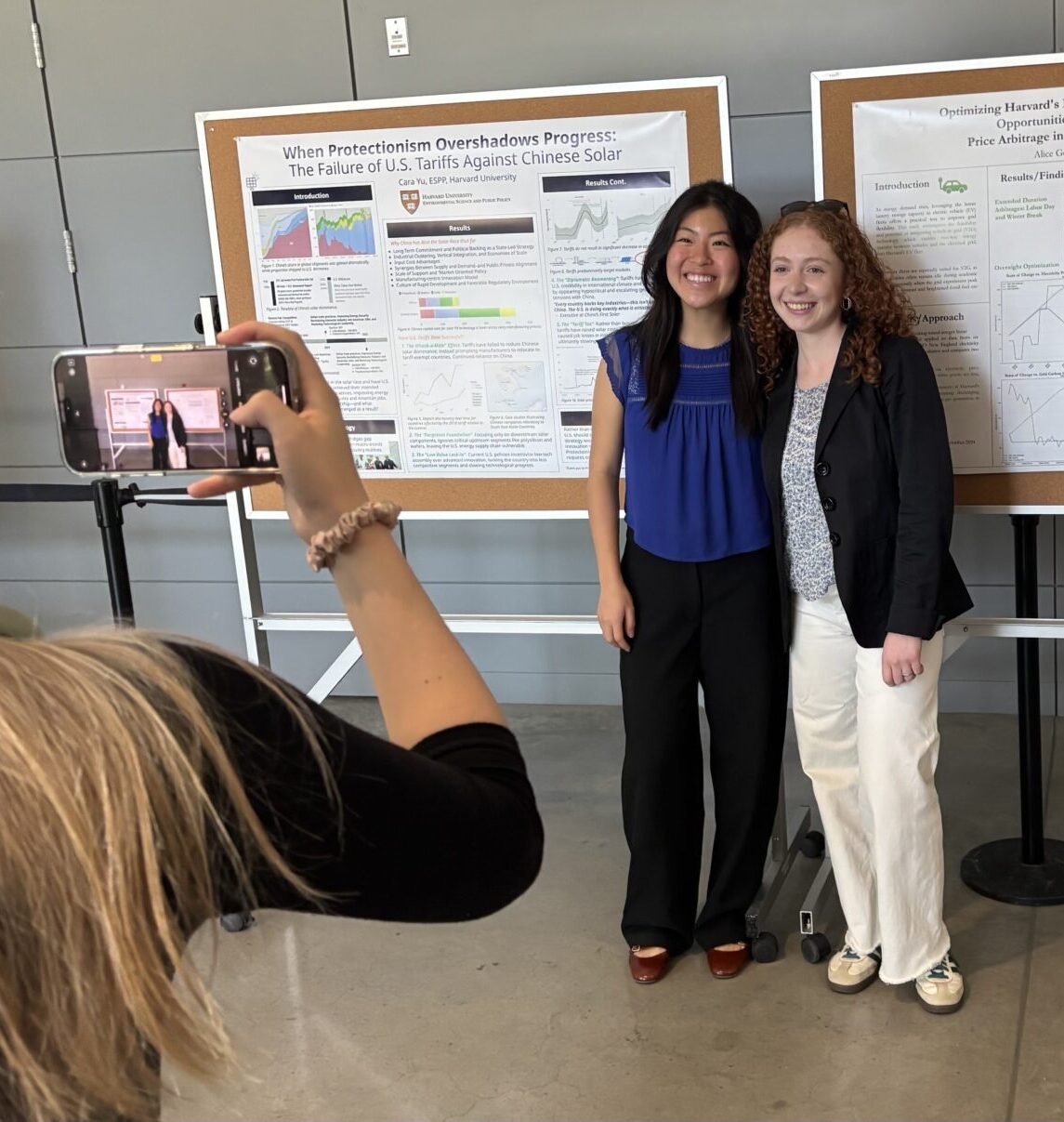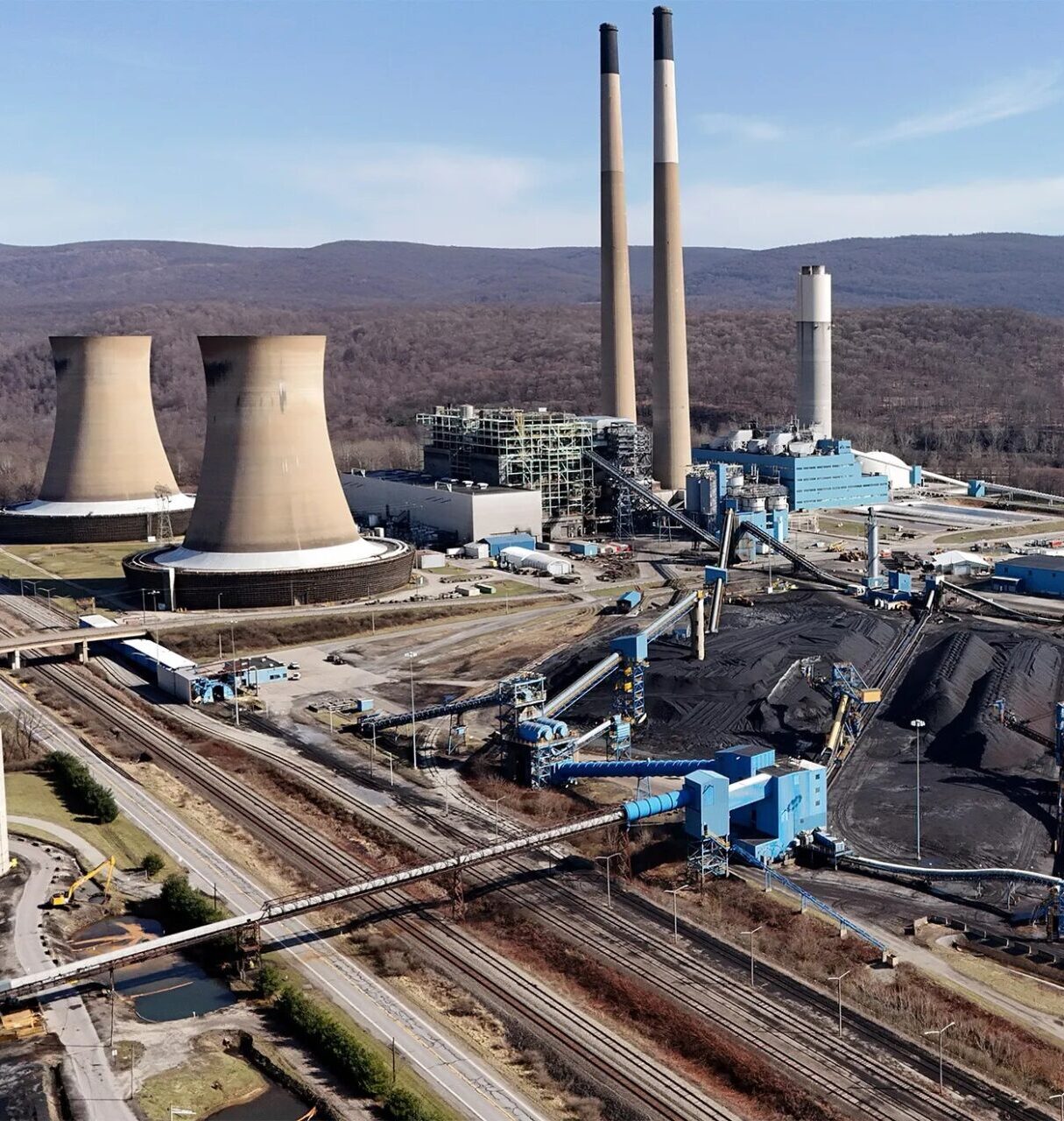Applying Pandemic Lessons to Climate Data
Big data can be a big help during emergencies: locating hospital beds after an earthquake, for example, or organizing an evacuation. But sifting, digesting and presenting data in meaningful ways to inform life-or-death decisions can be difficult when policymakers face capacity constraints.
Satchit Balsari, an assistant professor in emergency medicine at Harvard Medical School and in global health and population at Harvard Chan, recalls the early days of the COVID pandemic, when a team of Harvard epidemiologists was helping model large data sets for state health officials in India.
“We sent a model to the ministry and then didn’t hear back for a few days, so we called up and asked, ‘Is this useful?’ And he said, ‘Dude, I just want to know if I need to lock down or not lock down.’”
Balsari was speaking on September 28 at the Harvard University Center for the Environment (HUCE) about CrisisReady, a research and response platform that analyzes data to enhance emergency interventions, including the recent Morocco earthquake and Libya floods. CrisisReady, which Balsari co-directs with Caroline Buckee of Harvard Chan, and Andrew Schroeder from Direct Relief, grew out of the COVID-19 Mobility Data Network, a group of over 70 volunteers who worked together during the pandemic to analyze real-time data and inform the international response.
Now, as part of the Climate Adaptation in South Asia research cluster sponsored by the Salata Institute for Climate and Sustainability, and in collaboration with the Lakshmi Mittal and Family South Asia Institute, Balsari and his team are applying these tools to help prepare policymakers in a region feeling the climate crisis acutely. Leveraging existing yet siloed climate data, and the power of artificial intelligence (AI), their project – Climateverse – offers processed, organized and easy-to-use datasets for climate research. In the very communities that are most vulnerable to the changing climate, critically needed data are not easily available. Climateverse undertakes the painstaking identification, curation and, where possible, processing, of these hard-to-access datasets.
The data help identify communities most prone to erratic weather events, from extreme temperatures to devastating cyclones and floods.

“We know that policy adaptations and impact mitigation must be put in place before disasters,” said Natalie Ayers, a research affiliate at CrisisReady and doctoral student in the Department of Government. “To test and scale adaptations in South Asia, there is urgent need for reliable data streams. Climateverse provides a tool for decision-makers and researchers to access and use data effectively.”
Climateverse’s AI chatbot interface “guides users to the datasets most relevant for their questions, provides assistance in the metrics and analysis users can apply, and highlights areas of statistical, technical, or ethical concern when blending particular datasets,” she said.
Climateverse “democratizes the accessibility of datasets,” added Akash Yadav, a research affiliate at CrisisReady, “enabling swift and comprehensive research on critical issues like health threats, livelihood challenges, and migration triggers.”
The ability to access localized data is in the interests of countries on the frontlines, argues Balsari, pointing to the successful push by developing countries at last year’s COP27 climate negotiation summit for a loss and damage fund.
“If we’re going to have a cogent conversation about loss and damages, policymakers and researchers need to know where to get data,” said Balsari. Without using these tools, officials “will not have the evidence they need to generate their claims.”








